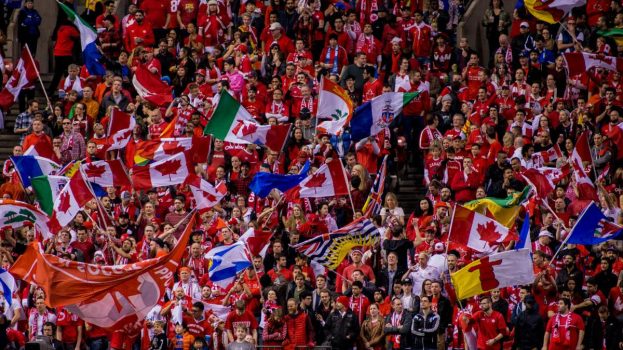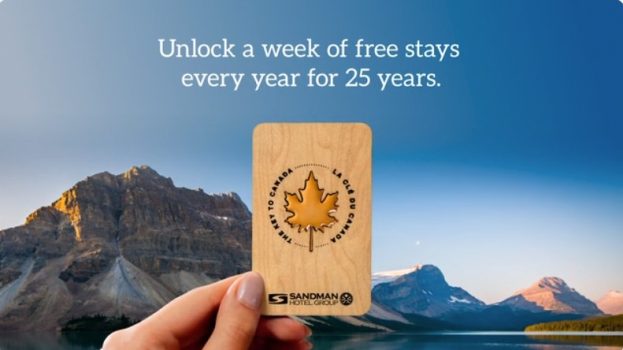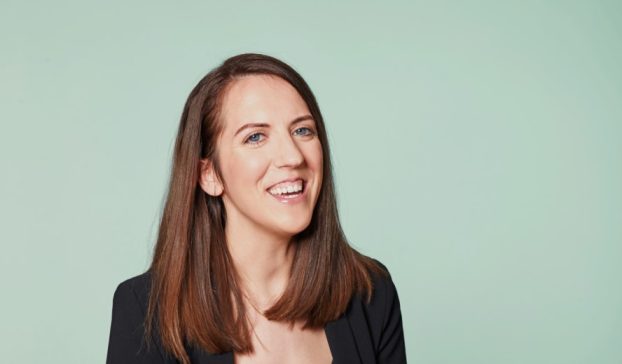The latest Bond Loyalty Report reveals that membership enrollment and active memberships per person are holding steady, but loyalty cannot be forgotten when it comes to brand purpose if companies want to stand out.
The 12th iteration of the report – produced by insights firm Bond in partnership with Visa – includes data from 39,00 consumers across 11 markets in North America and Europe, capturing over 750 brands spanning 15 industries.
According to the numbers, both membership enrollment (16.6) and active memberships (7.6) per person are holding steady with previous years. The restaurant sector, however, is leading year-over-year gains in a big way, with the average number of active memberships up 31%.
Mid-level retail loyalty is also showing strength with a 17% gain, while travel growth is flat at just under 1%.
According to Bond numbers, 78% of respondents once again agree that loyalty programs make them more likely to do business with brands. The report also reveals that 68% of respondents are more likely to recommend brands with good loyalty programs, and that 68% modify timing of purchases to maximize benefits received, while 66% modify brands they purchase to maximize benefits.
Those are questions Bond returns to every year, but one difference is that the market is more crowded than ever. Between new programs launching, new partnerships being formed and existing programs getting revamped or having their investment levels boosted, Bond says it is more critical than ever that brands focus on building experiences that drive loyalty.
According to the survey, there’s an 8-fold lift in loyalty when brand purpose is synched up with consumer values, with “treating employees fairly” the number one driver of loyalty.
Marketers are more likely to assume consumers prioritize “charitable causes,” and “diversity and inclusion”; however, it’s “equity,” “supporting local businesses,” and “climate consciousness” that are higher key drivers when it comes to consumer loyalty.
Meanwhile, while the data reveals that the number two loyalty driver is prioritizing environmentally sustainable practices, only about one-third of marketers strongly agreed their brand is prioritizing these.
Marketers, the report notes, need to keep pace with rapidly evolving views on environmental, social and government (ESG), and that there are risks for brands and marketers who don’t stay connected to the emerging “new normal” expectations.
With discretionary spending returning to normal, consumers are being purposeful about how they re-engage and what they now expect from brands.
“Experiences that save customers time and make it easy for them remain very important factors, but showing that you know and understand a customer is the highest driver of loyalty to a program right now,” said Sean Claessen, chief strategy officer at Bond, adding that consumers are making it known that when they’re acknowledged and recognized, they’ll reward brands with loyalty, advocacy, retention, and spend.
























